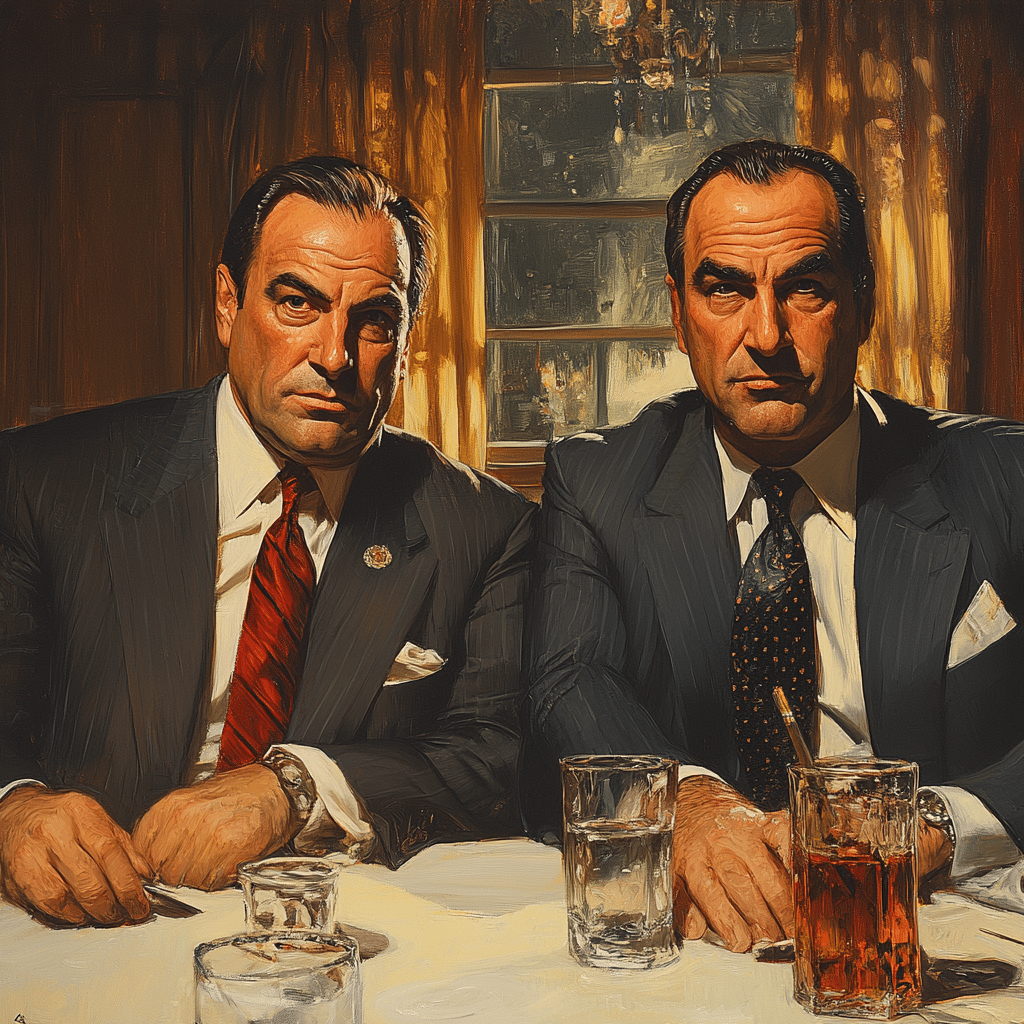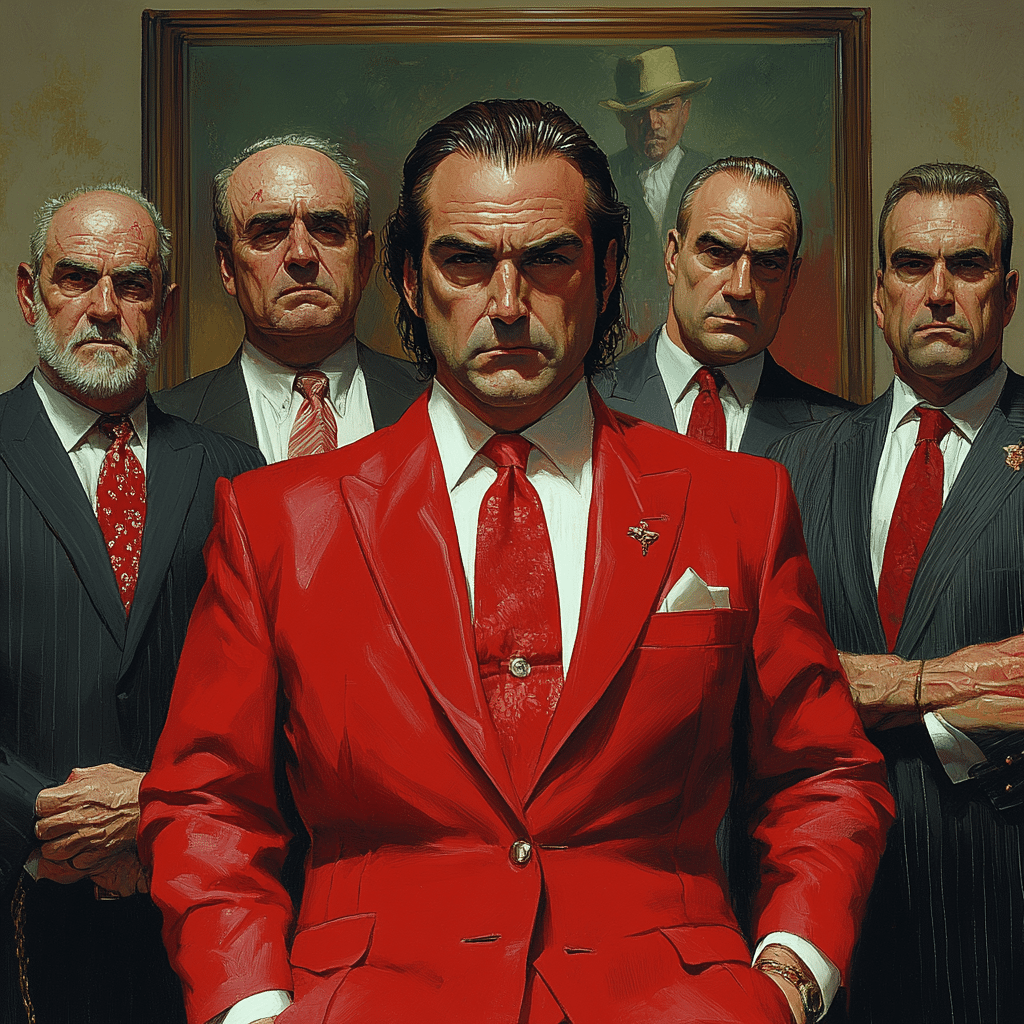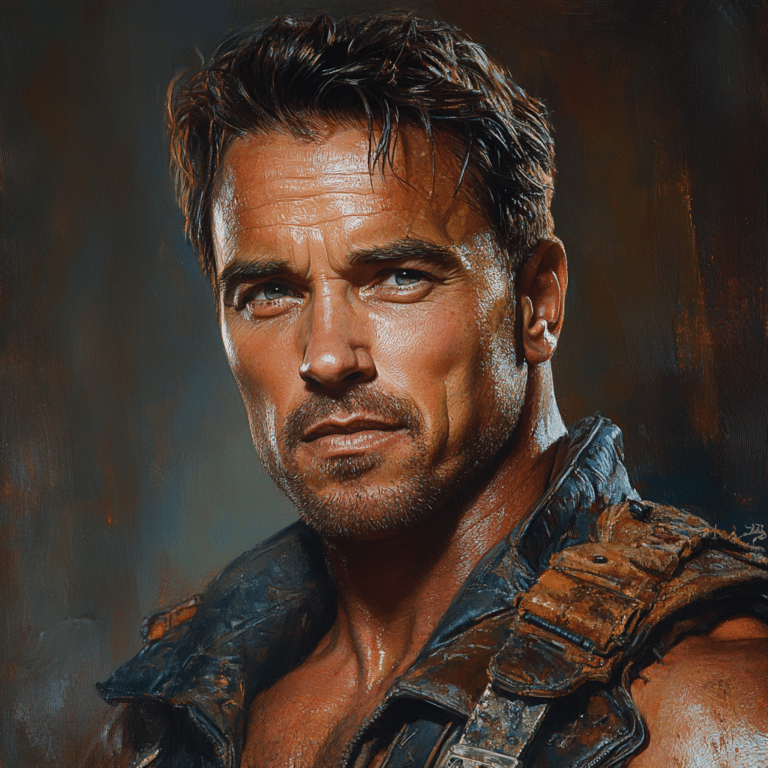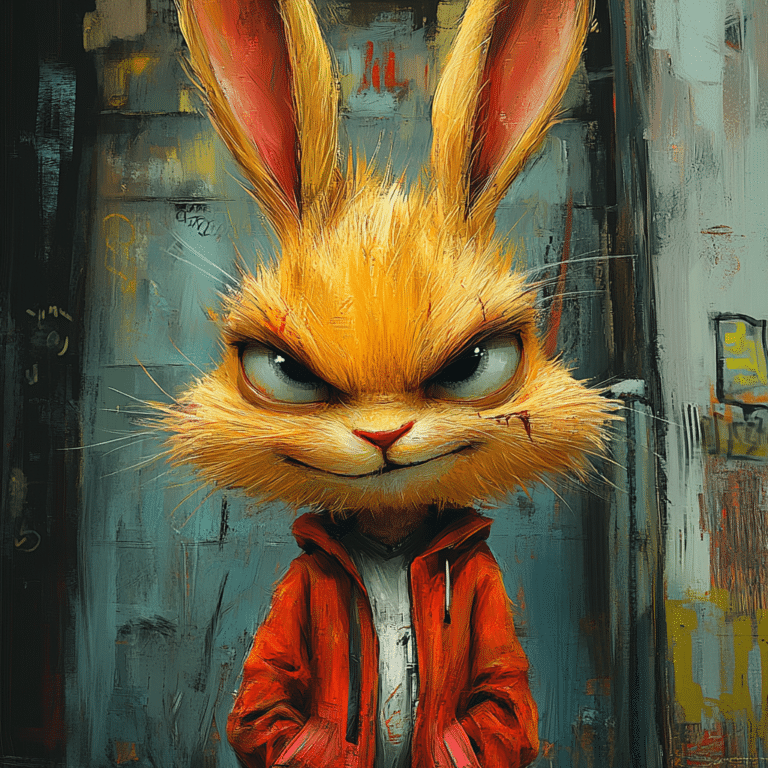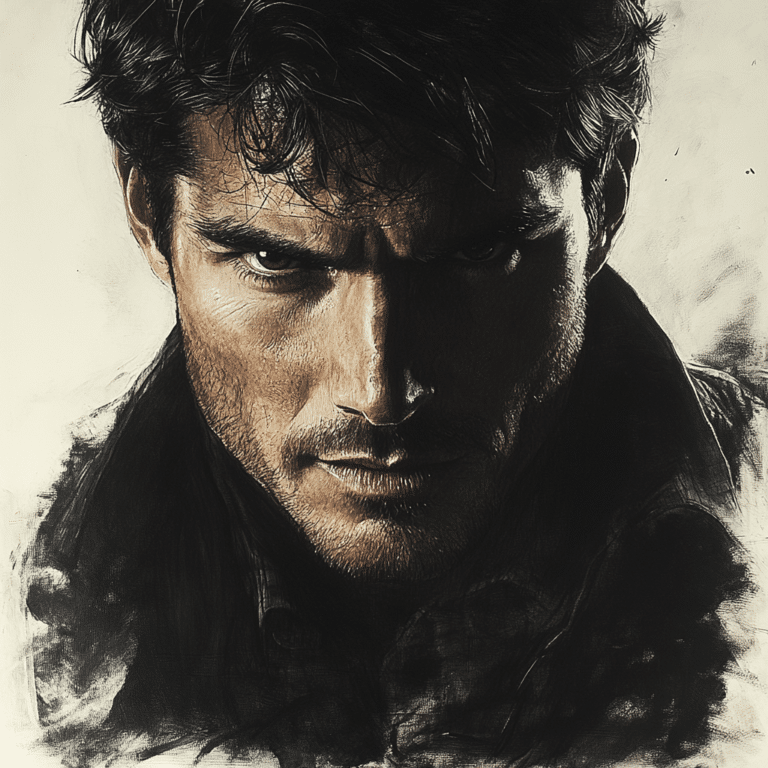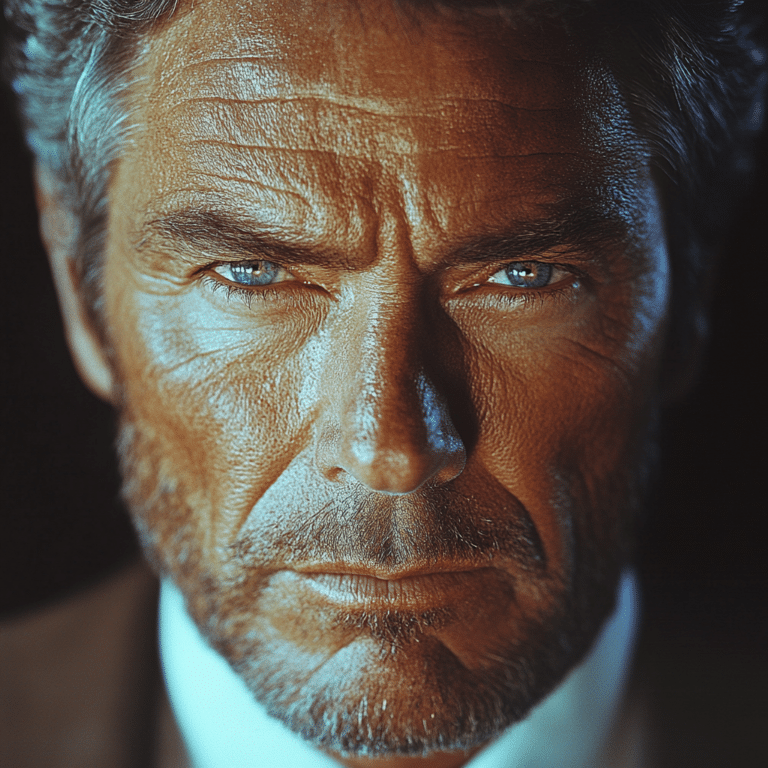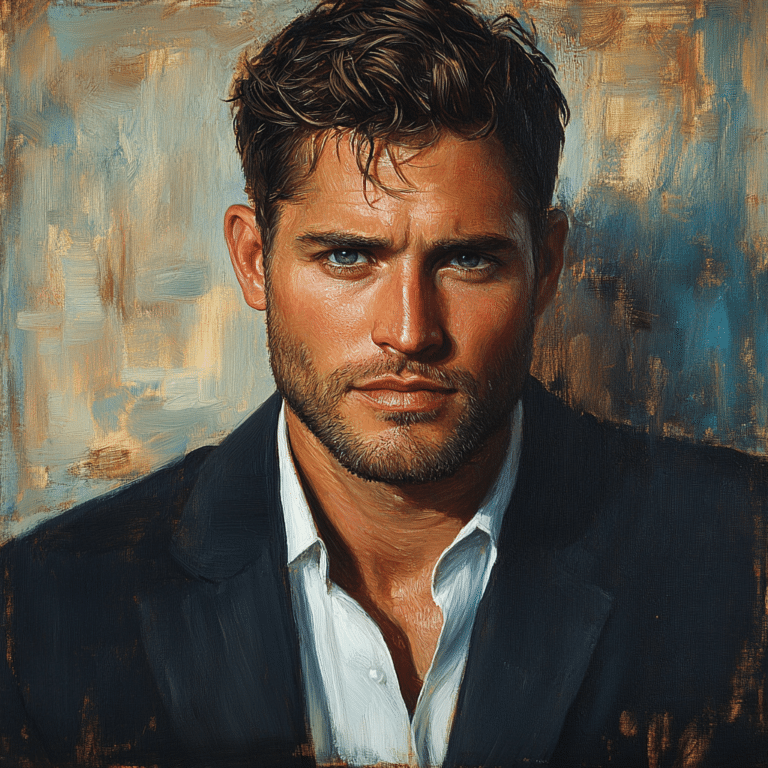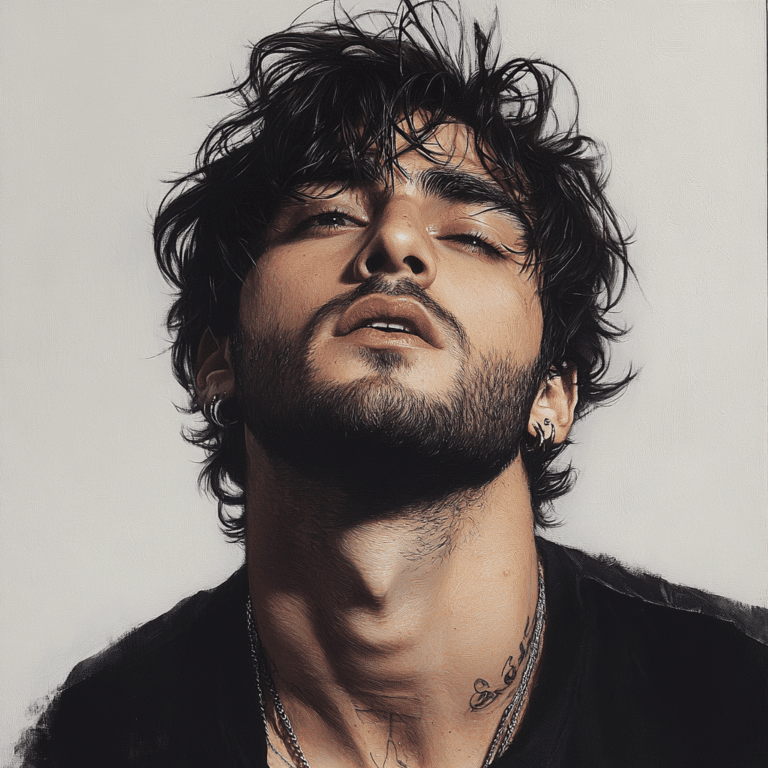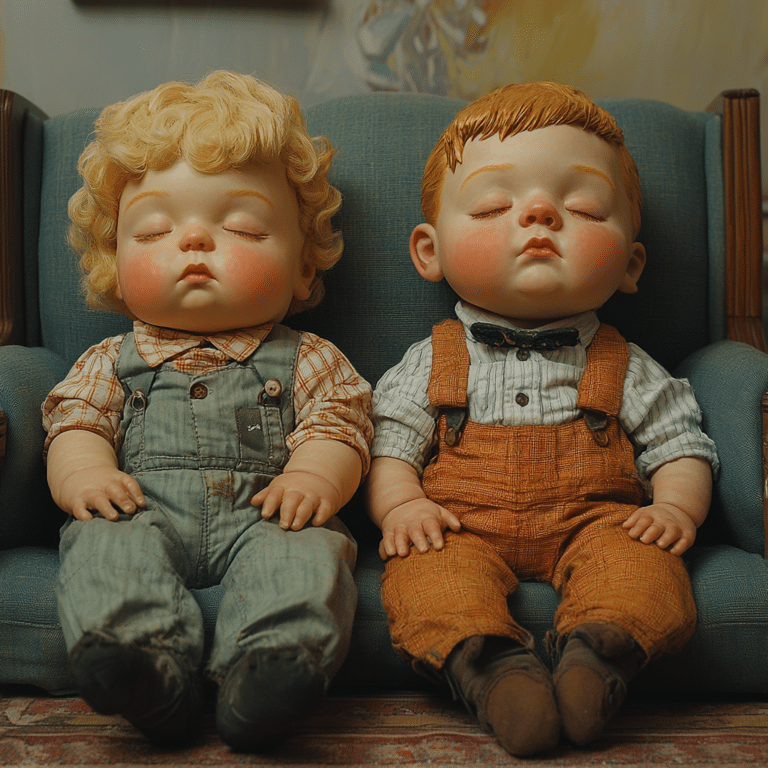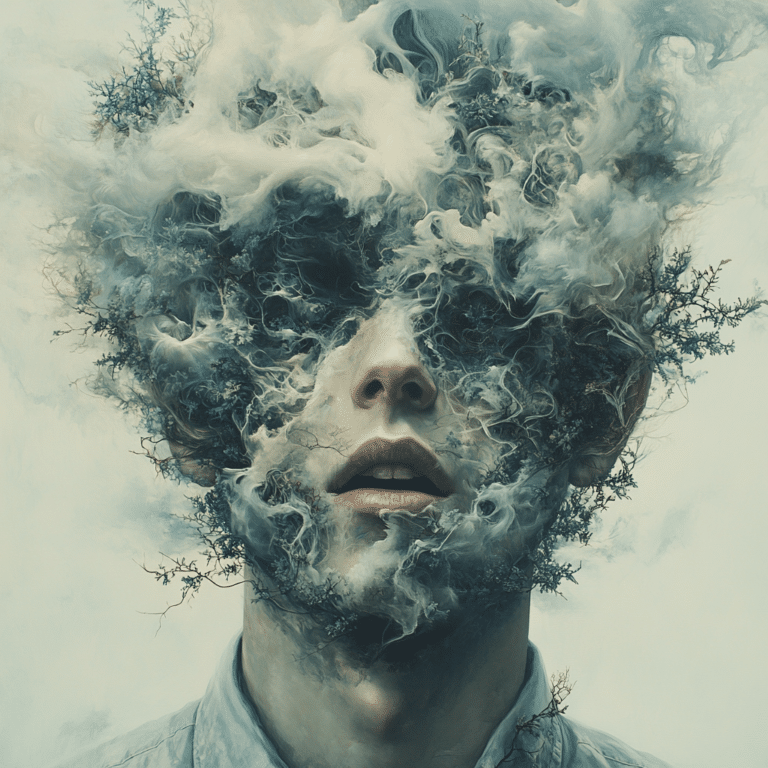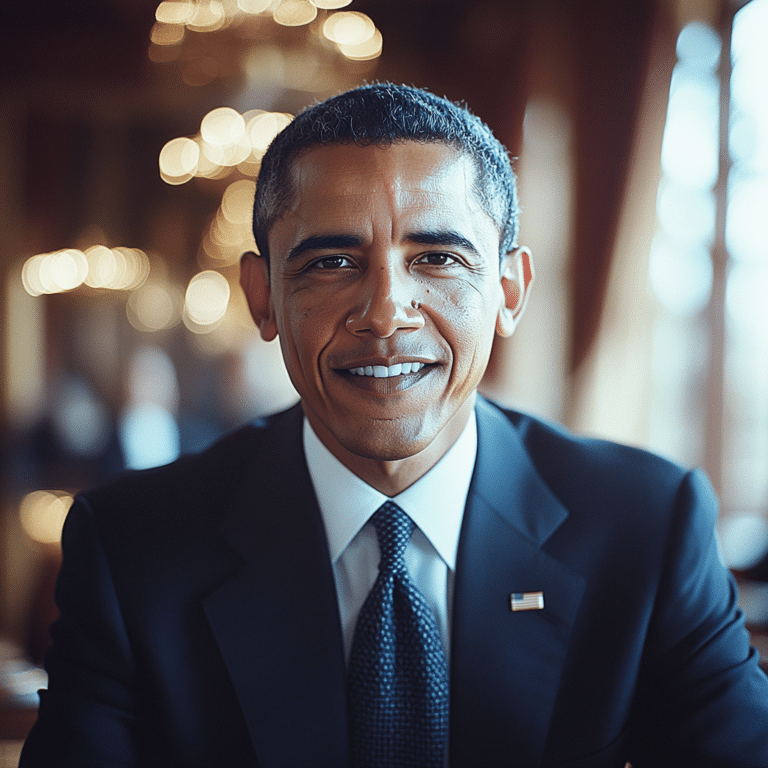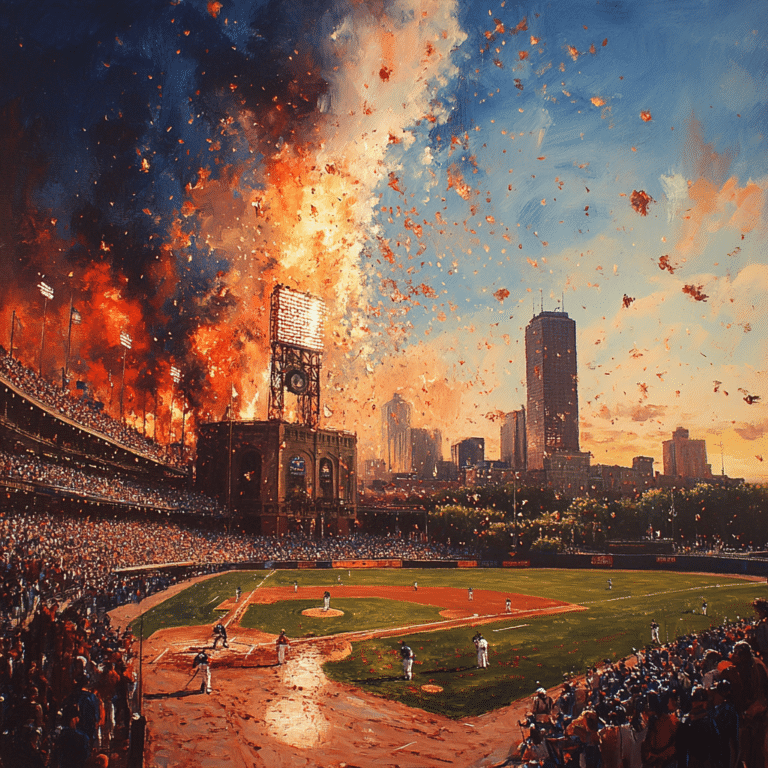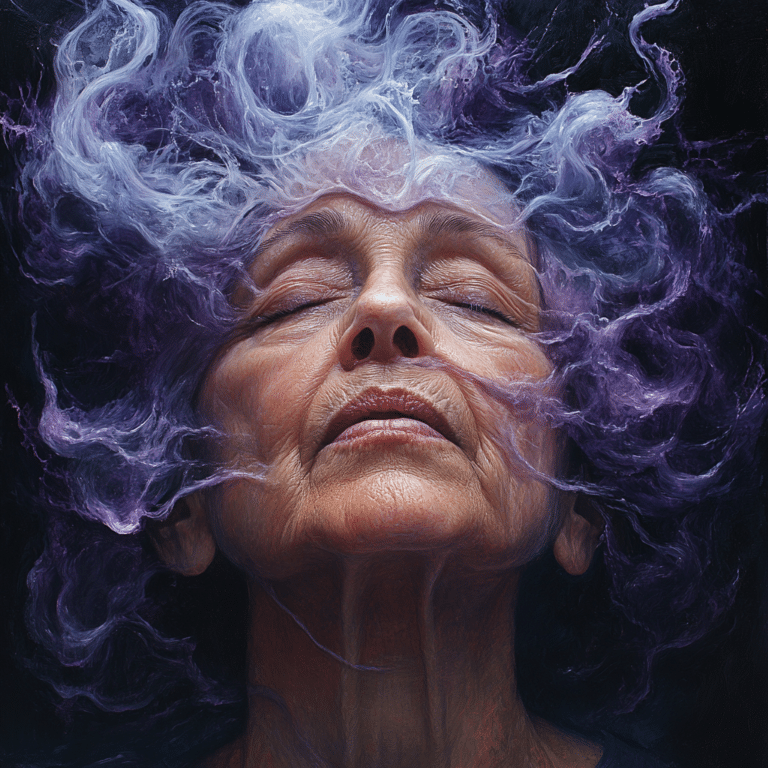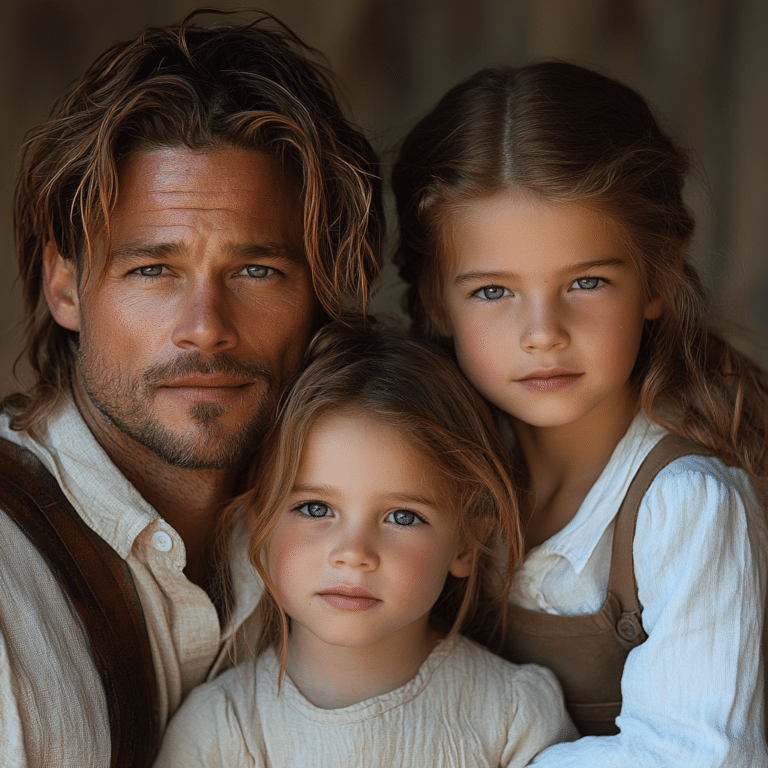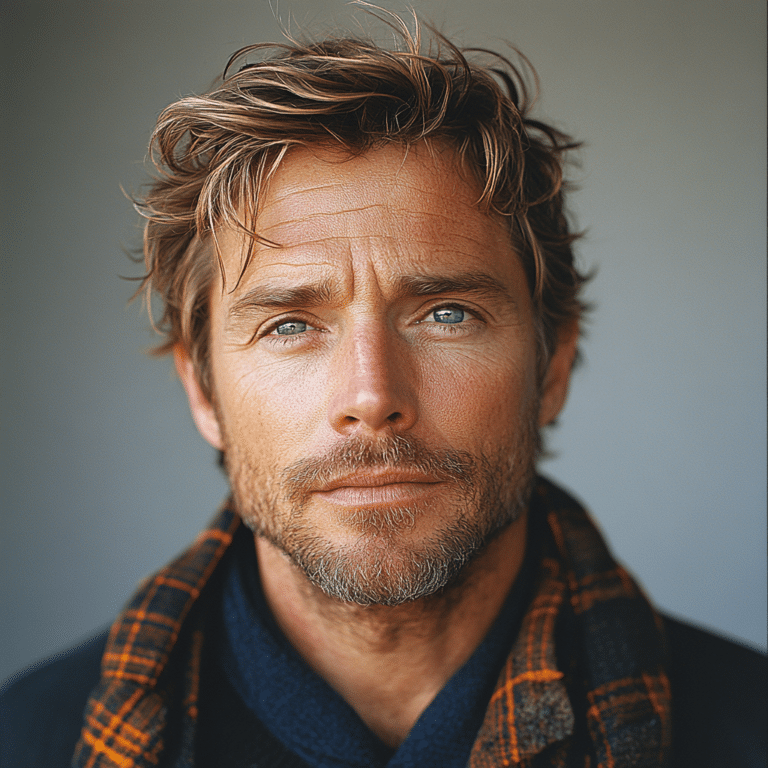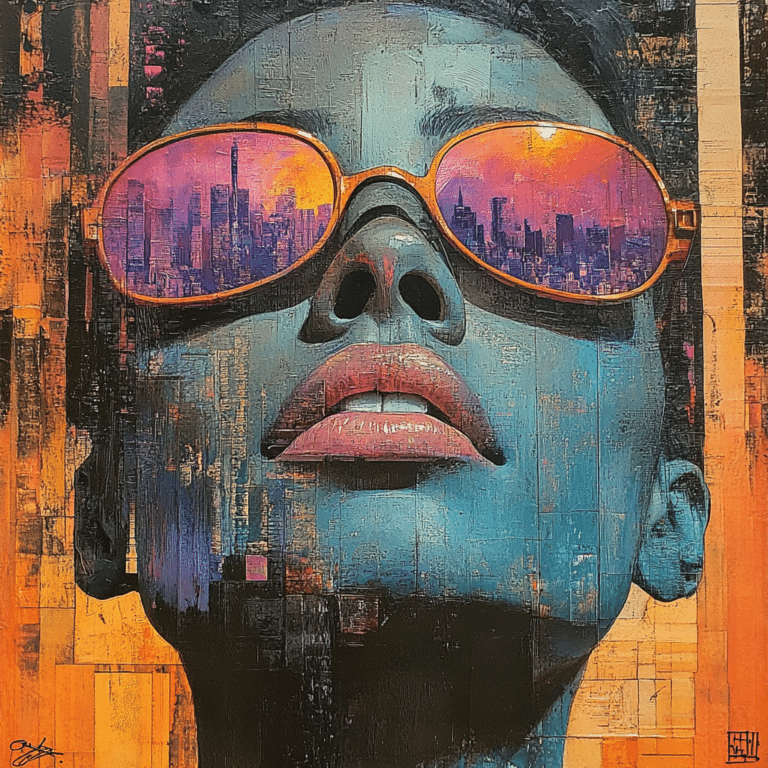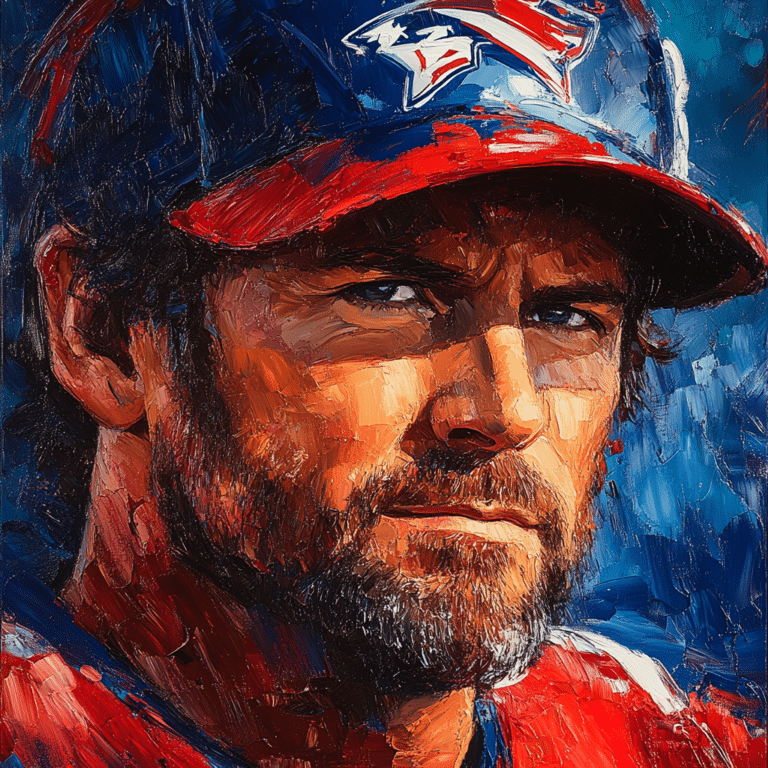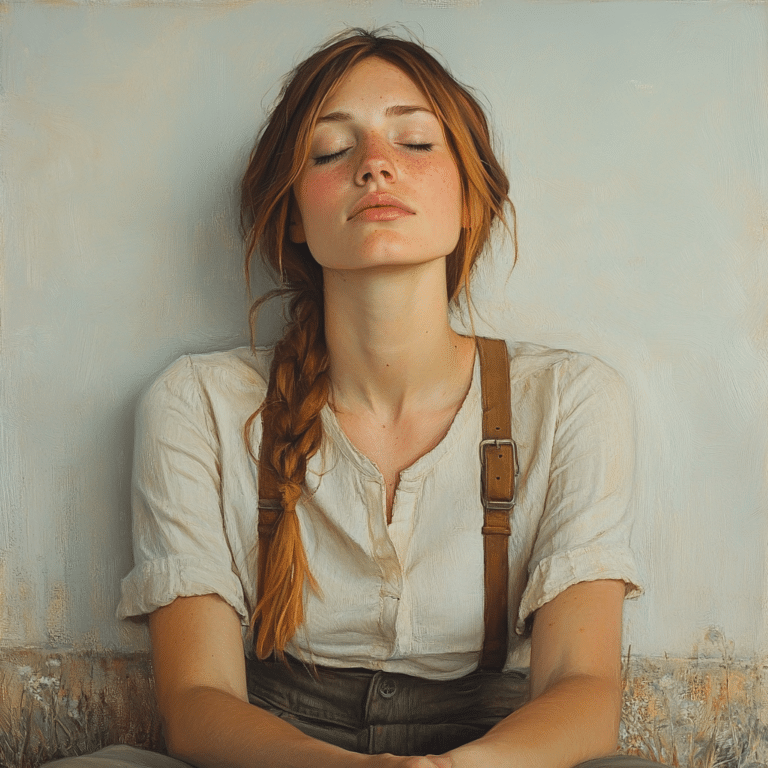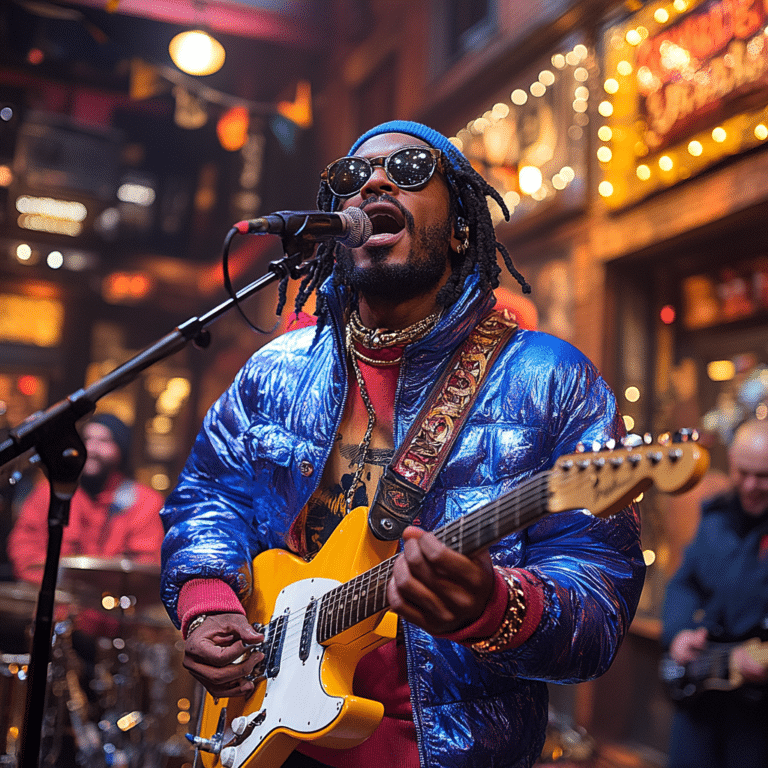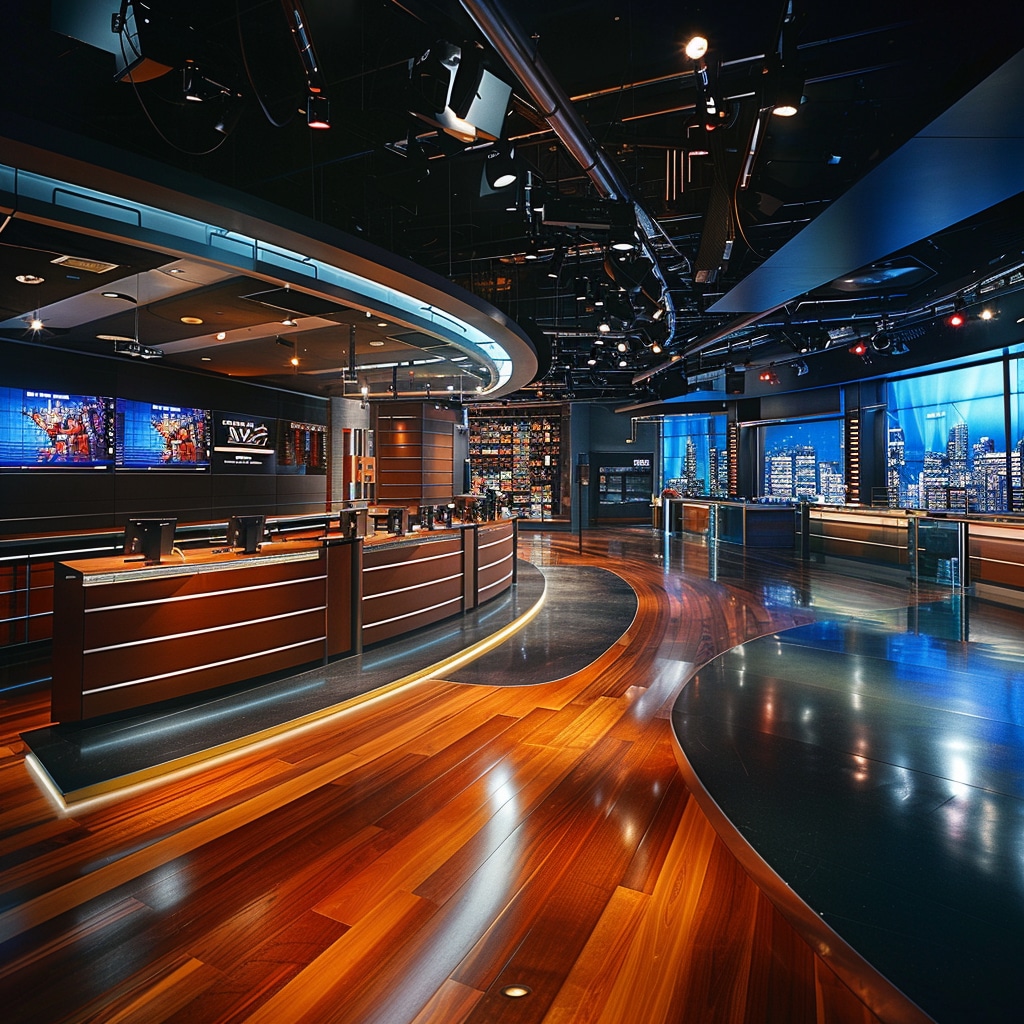HBO’s The Sopranos isn’t just another show; it’s a cultural phenomenon that shook the foundations of television storytelling. In 2024, we’re still feeling the ripples of its groundbreaking approach, and the Sopranos cast was instrumental in setting this new standard. The series introduced viewers to the complex life of mob boss Tony Soprano—played masterfully by James Gandolfini—whose journey is a fascinating mix of vulnerability and brute force. This juxtaposition of traits didn’t just create a character; it redefined the word “anti-hero” in today’s television landscape.
As we delve deeper into what made The Sopranos such a pivotal show, it becomes clear that the Sopranos cast raised the bar for character development. With intricate layers woven into each character, the show changed how we engage with narratives on screen. While navigating the world of organized crime, each character showcased human flaws and virtues, prompting discussions about morality and life choices—a theme still incredibly relevant today. So, let’s break down how The Sopranos transformed the television narrative.
Sopranos: A Game-Changer for Television Narratives
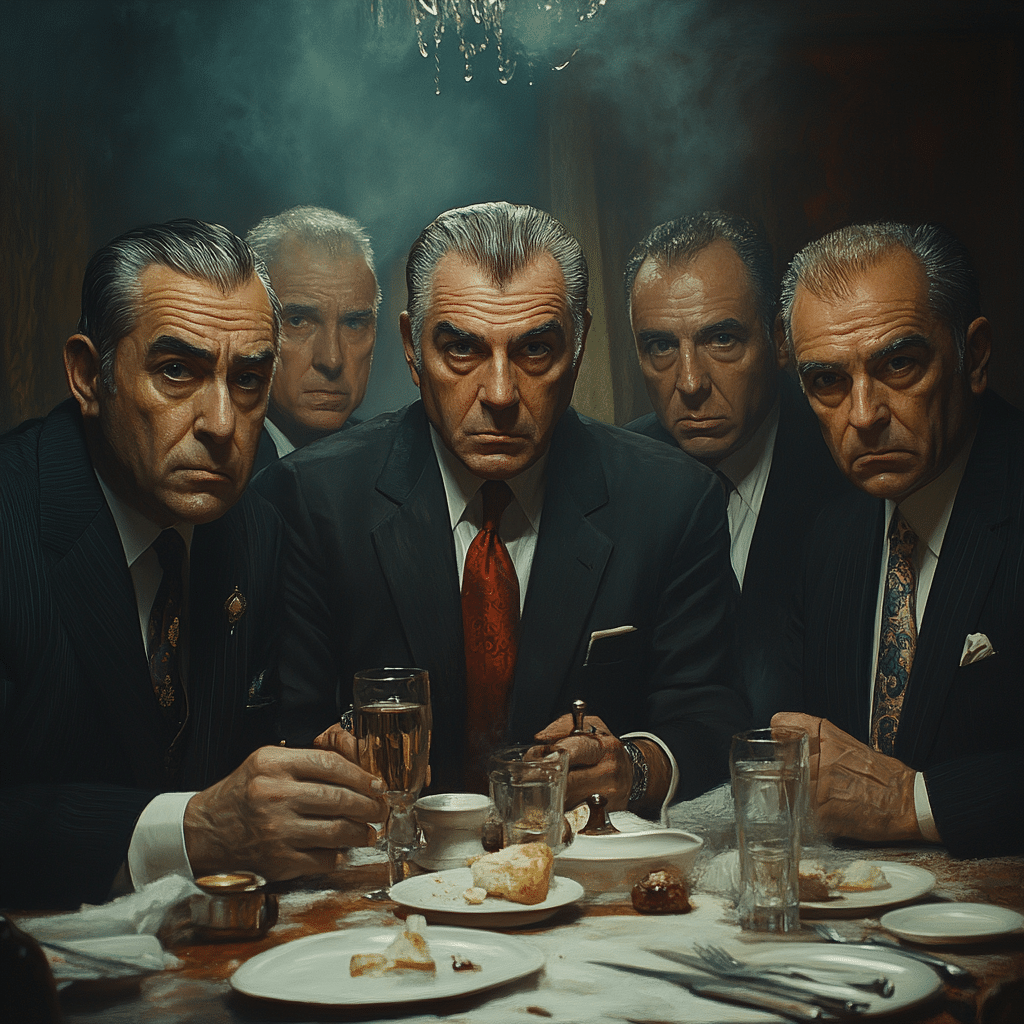
1. The Sopranos Cast: Transformational Performances
The Sopranos cast didn’t just act; they truly transformed their roles into living, breathing entities that reflected real human experiences. James Gandolfini’s portrayal of Tony Soprano was a game-changer. This wasn’t your typical tough-guy role; Tony was a mobster who faced anxiety and depression, challenges that resonate with many Americans today. This portrayal shined a light on mental health, especially within the male demographic, opening doors for conversations that had long been avoided.
On the flip side, Edie Falco’s Carmela Soprano wasn’t just a mob wife—you know, the standard, glamorous depiction. Instead, she mirrored the conflicting emotions of loyalty and ambition, giving viewers a peak into the life of a woman navigating her identity in a man’s world. Characters like Lorraine Bracco as Dr. Melfi and Michael Imperioli as Christopher Moltisanti brought additional richness, challenging traditional narratives and pushing the envelope of how characters are portrayed in television.
Every element of the Sopranos cast underscored a significant truth: layered characters lead to enriched storytelling. This revolution didn’t just affect The Sopranos; it inspired a generation of creatives aiming to break barriers. After all, who could forget iconic scenes that left us glued to our screens and full of questions about human nature?
2. Top 5 Sopranos Secrets That Revolutionized Television
The intricate character development in The Sopranos marked a departure from the one-dimensional characters of the past. Tony’s voyage into his psyche paved the way for a series of moral dilemmas that had audiences questioning the right and wrong in everyday choices. This complexity transformed not just Tony but touched all members of the Sopranos cast, enhancing their relevance and relatability.
Director David Chase wasn’t just making a TV show; he was crafting cinematic masterpieces. Each moment was meticulously designed, using stellar techniques—from shadowy lighting to an unforgettable soundtrack—that elevated the viewing experience. The show’s striking visuals, like the captivating opening sequence capturing Tony driving through the New Jersey landscape, highlighted this high-caliber production, showcasing that television could be an art form.
Now here’s a kicker: The Sopranos dared to tread where others wouldn’t. It explored the grey areas of morality in a way that was groundbreaking. Instead of labeling characters simply as heroes or villains, viewers were led on a journey where flawed decision-making was a common thread. This artistic choice encouraged rich discussions about ethics in today’s world and pushed the boundaries of how stories can be told.
The legacy of The Sopranos rippled through later hits like Breaking Bad and Mad Men, which borrowed its blueprint of deep character exploration. These shows followed in the footsteps of Tony and his crew, diving into their characters’ complexities and moral quandaries. Let’s be honest—without The Sopranos, who knows where the landscape of TV drama would be today?
The way fans connected with The Sopranos was something new under the sun. With unresolved plots and twists that left audiences guessing, it created a whole new community of discussion and speculation. The series crafted a culture where fan theories exploded and online forums thrived—changing how we interact with television content and our viewing habits forever.
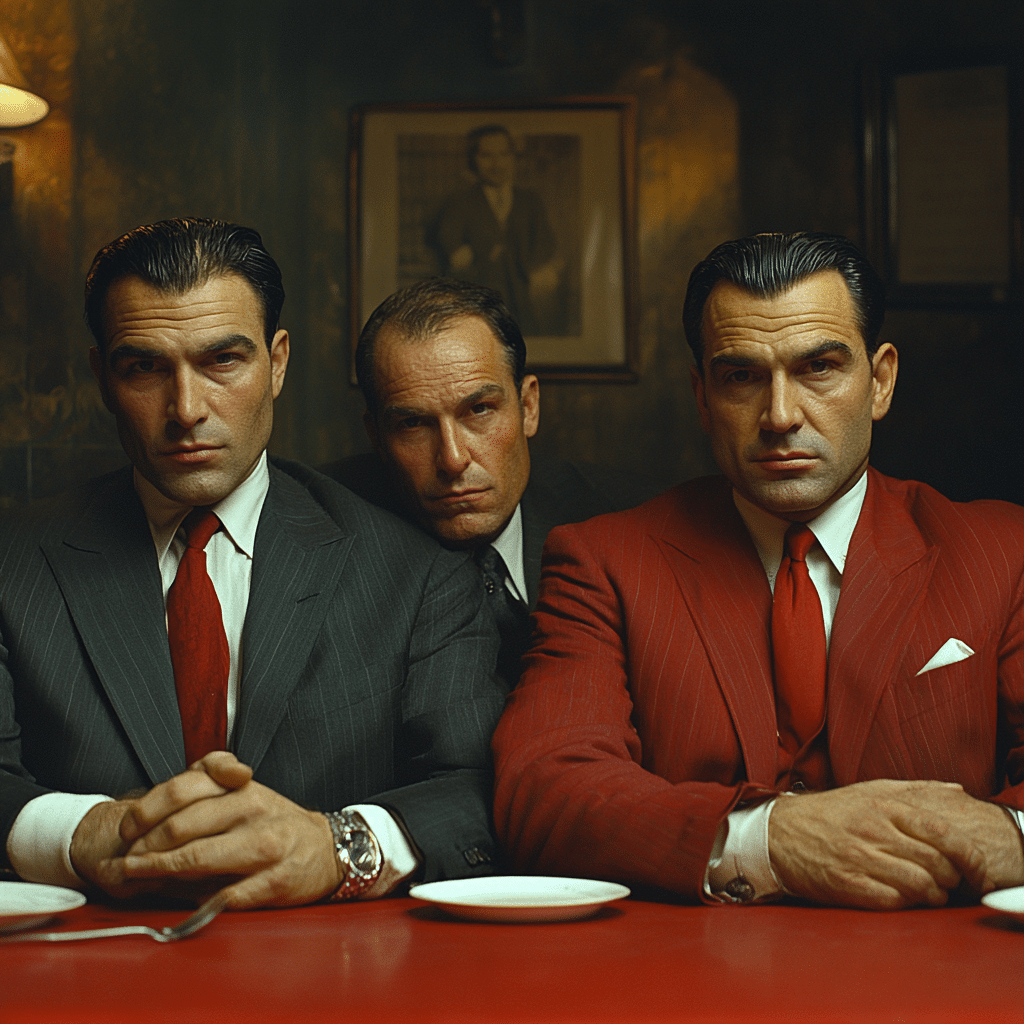
3. Breaking the Fourth Wall: Viewer Experience
What set The Sopranos apart was its knack for breaking the fourth wall, adding an interactive layer to storytelling. The show often critiqued its tropes, making tongue-in-cheek references to the television industry. This self-awareness allowed audiences to connect with characters in ways previously considered taboo. Thanks to this approach, shows like Fleabag and Atlanta followed suit, introducing new narratives that blurred traditional storytelling lines.
With scenes that pushed viewers to question their preconceptions about character roles, the show ensured it remained at the forefront of experimental television. This boldness enhanced the viewer’s experience and sparked the thought: Are we merely passive consumers, or are we participants in this storytelling journey? The answer, whether you like it or not, may depend on how you perceive art in our lives.
4. The Sopranos’ Lasting Legacy
As we proudly remember The Sopranos in 2024, its influence can be hard to overlook. The series didn’t just change how we see television; it established a bar that continues to resonate within the industry. By balancing character-driven narratives with societal commentary, The Sopranos opened the door for future creators to delve into topics ranging from mental health struggles to ethical dilemmas.
The cultural impact it wielded doesn’t just fade into obscurity; it has lingering effects on modern storytelling. The audacity to address personal and societal themes through layered characters serves as a model for aspiring writers and actors today. We’ve grown to expect authenticity and depth in our viewing experiences, and The Sopranos stands tall as an indelible reflection of evolving storytelling.
Ultimately, The Sopranos has become more than just a show; it’s a movement that paved the way for deeper, more authentic narratives on television. Reflecting upon its revolutionary footprint leaves us feeling energized and engaged—ready to discuss its implications on both art and life. The series not only redefined television, but it also created a legacy that commands respect and continues to inspire.
Secrets of the Sopranos That Changed Television Forever
A Peek into Television’s Game Changer
When “The Sopranos” hit our screens, it revolutionized the way we saw not just mob life, but television storytelling altogether. This groundbreaking series merged the everyday struggles of Tony Soprano with the high-stakes world of organized crime, setting a new bar for character depth and complexity. Little did we know, its influence extended far beyond the screen. Just as discussions about the controversial Us draft age shape American society, the show’s themes challenged viewers to rethink moral ambiguity and family dynamics.
Speaking of dynamics, Tony’s world poignantly depicted the difficulties of balancing personal and professional life. In this, the show’s writers didn’t shy away from conflict or drama, much like how fans passionately debate the most home Runs in a season. The series’ focus on psychological themes paved the way for future shows like “Breaking Bad” and “Mad Men, proving that audiences craved deeper narratives—just like the ongoing rivalry displayed in the thrilling Argentina vs. France World Cup match.
Behind-the-Scenes Secrets
Did you know that some of the episodes drew inspiration from real-life figures? This was especially true for characters that echoed various public figures, similar to how Chris Mortensen often provides insights into sports personalities. The writers incorporated various real-life influences into their scripts, giving fans a richer immersion into the complex lives portrayed on screen. This blending of reality with fiction kept viewers on their toes, akin to adjusting to a sudden drop of 27 Degrees Celsius To Fahrenheit!
One fascinating tidbit is how the show’s setting in New Jersey highlighted the role of local businesses. For instance, iconic spots like Grauls Market become key elements of the storyline and the Soprano family’s lifestyle. Settings were chosen with care, enhancing viewers’ experience and drawing parallels to historical events like the Boston Tea party date, which served as a reminder of rebellion and change. This intentional choice cleverly allowed the audience to connect with local culture while enjoying the overarching narrative.
Unexpected and Memorable Influences
The production of “The Sopranos” wasn’t just about storytelling; it also introduced a distinct style that influenced cinematic techniques in television. Just as Dirk Blocker has made his mark in the entertainment industry, the show’s compelling visuals and character arcs set new standards for future shows. Additionally, the series was unafraid of including everyday topics, even comparing simple choices like cotton vs. nylon underwear—showcasing the small parts of life that often become monumental in personal stories.
At its core, “The Sopranos” was more than just a show about mobsters. It tapped into universal themes: identity, family, and the constant quest for belonging. This aspect resonated with audiences, much like the fervor seen when discussing who holds the title of the most memorable sports moments. In a landscape thirsty for authenticity, “The Sopranos” opened doors for innovative storytelling that continues to ripple through television today.
